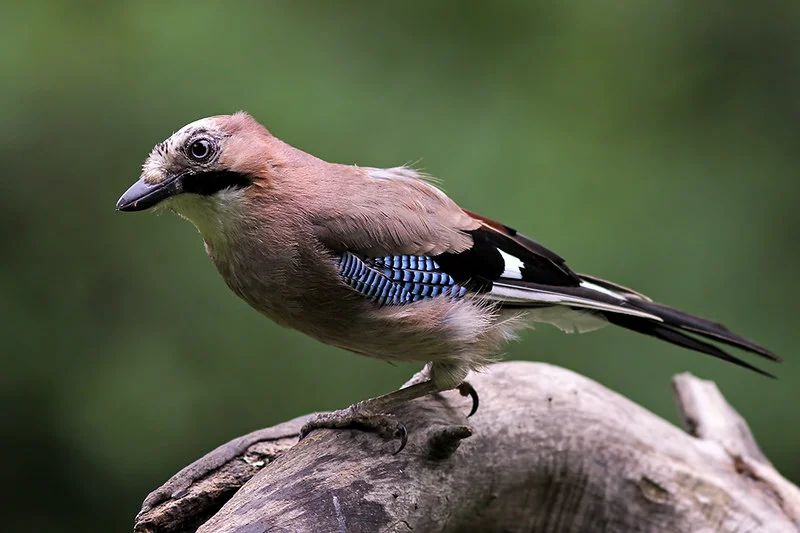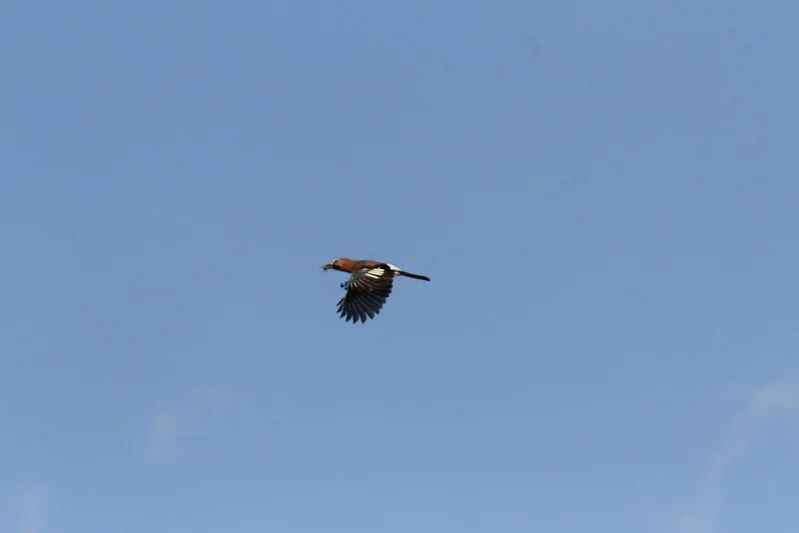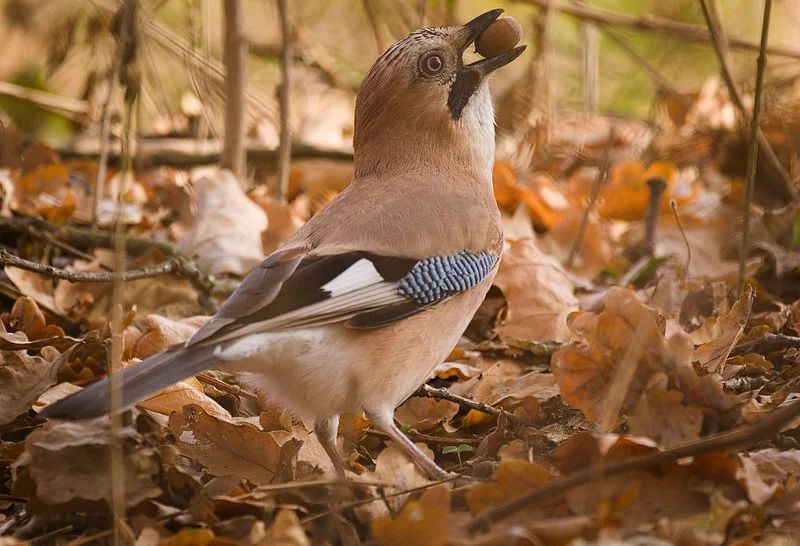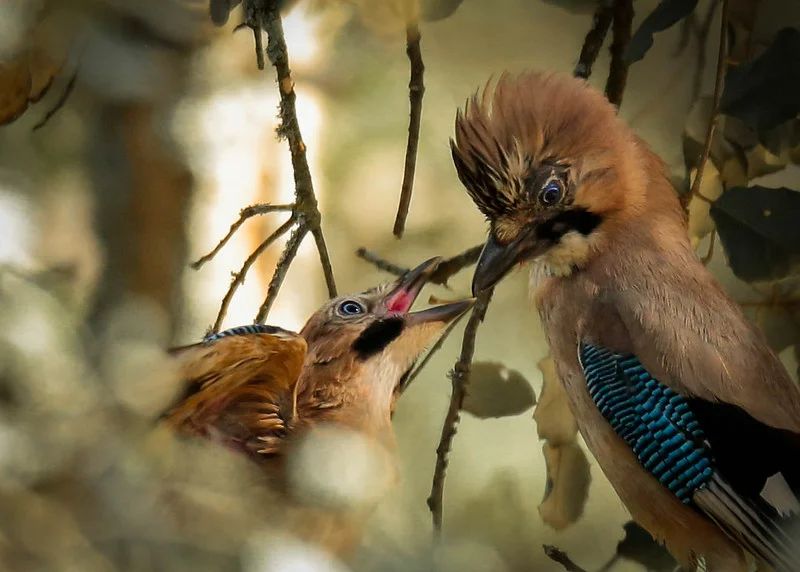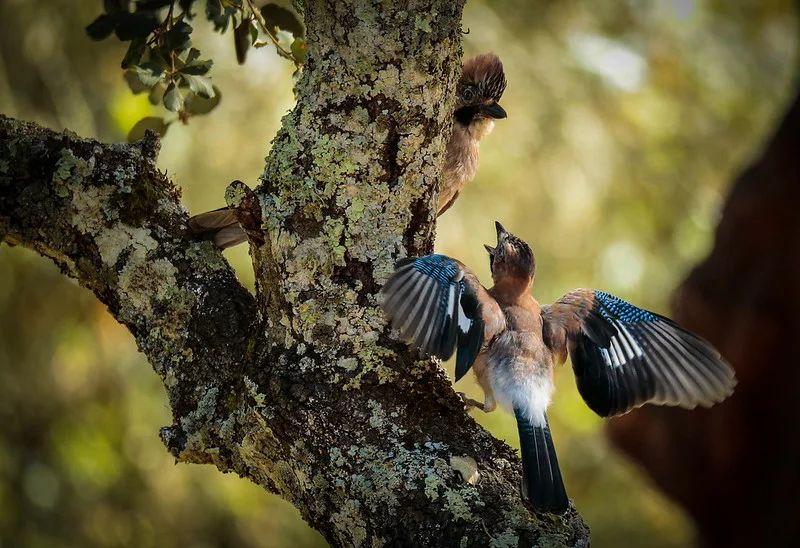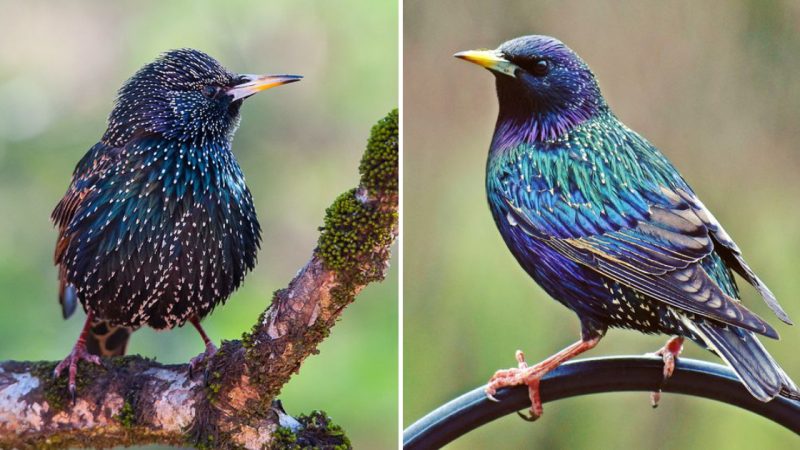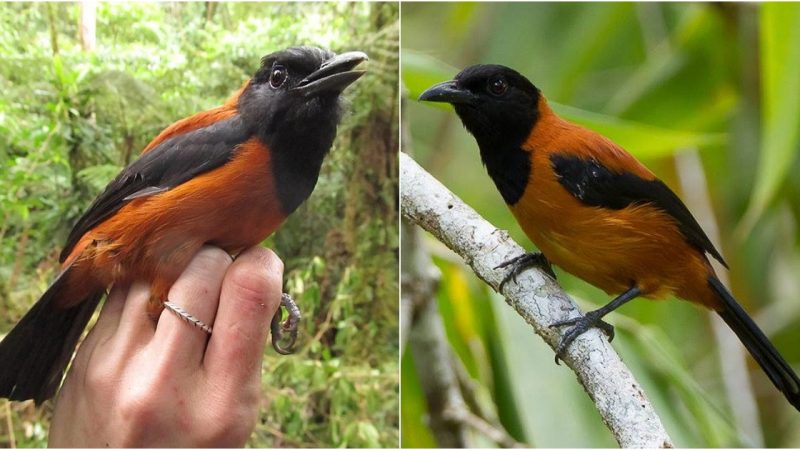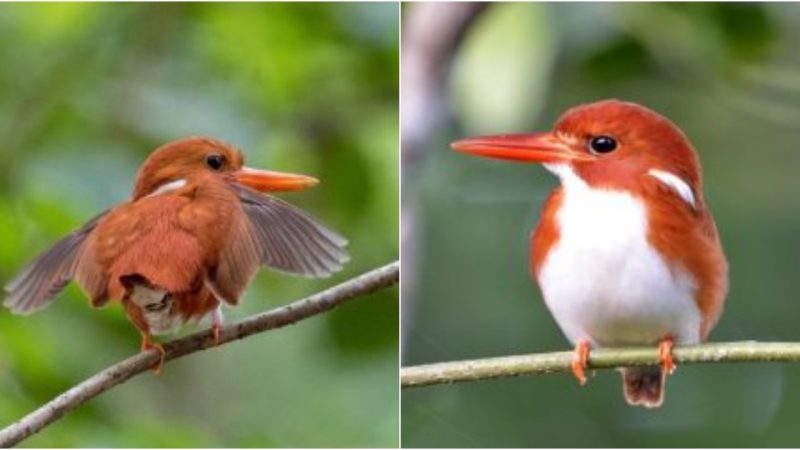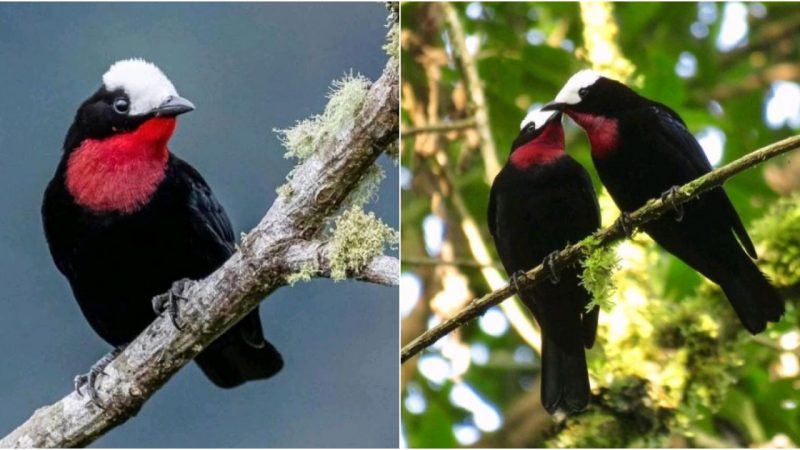The Brightest Bird of the “Crow Tribe”
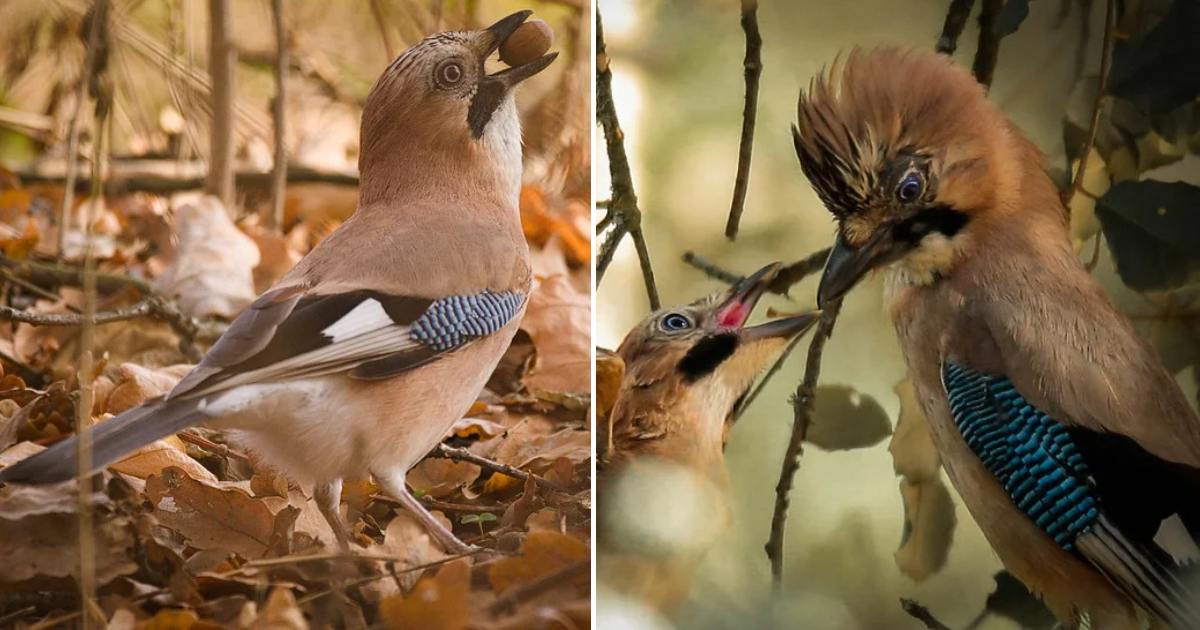
This bird is undoubtedly an ornament of our forests. Noisy and very agile, it always attracts attention. Observing it is pure pleasure because, in addition to its vibrant plumage, it possesses a lively and highly developed intellect, just like other members of the crow family.
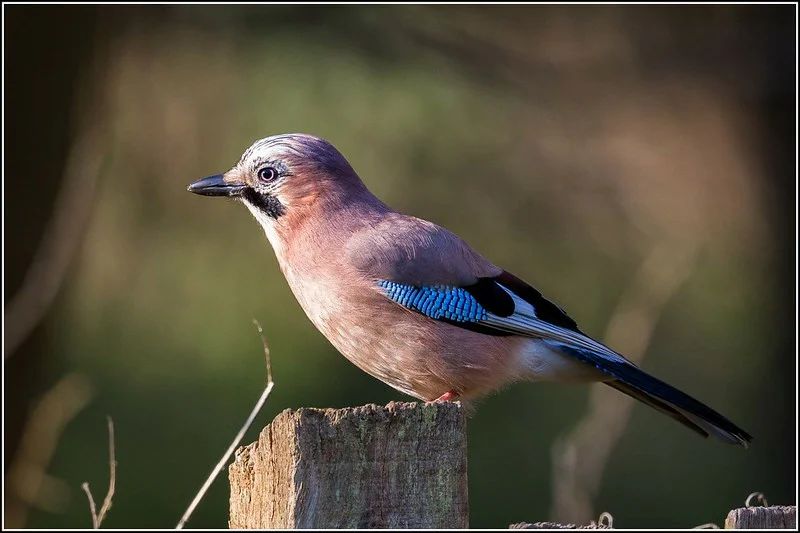
This bird is the jay, a forest bird roughly the size of a jackdaw. However, unlike the latter and all other crows in the central region of Russia, the jay stands out with its unique beauty: its main body color is reddish with a gray-pink shade, its tail feathers and flight wings are black, and it has very beautiful blue “mirrors” with black-blue speckles on the wing bends. It also has a crest on its head with black spots.
Birds are often seen flying away, so it is important to know the “in-flight” characteristics to identify the species. The jay stands out with its white rump contrasting with the black tail feathers (rectrices). The white spots on the wings, located below the “mirror,” are also noticeable.
The jay is found in North Africa and the forests of Eurasia, from Spain to Japan. In our region, it inhabits forests of various types but prefers mixed and deciduous forests, especially oak groves and lime tree stands. It often settles near agricultural lands but avoids close proximity to humans.
The Latin name of the species reflects the jay’s behavioral traits well: “garrulus” means “noisy” or “chattering,” and the specific epithet glandarius means “acorn.” Jays are indeed very chatty and noisy – their calls make all the local birds aware of danger. In addition to their harsh and screaming sounds, they can imitate almost any sound they hear. It can be a dog’s bark, a cat’s meow, the voice of another bird, or even mechanical sounds. Once, I heard a jay convincingly imitating a chainsaw. It happened on the outskirts of a village where they were cutting boards.
As for the jay’s love for acorns, these birds play a significant role in oak propagation. One bird can hide up to a thousand acorns in a year. Despite their good memory, many of these “hiding places” remain unused or forgotten, and the oak sprouts in a new location. According to observations by Western researchers, some birds carried acorns up to 20 kilometers away. Jays are considered one of the reasons for the rapid spread of oaks to the north after the last glacial period.
During the summer, jays mainly feed on invertebrates such as insects, worms, etc. They also prey on vertebrates such as rodents and lizards and raid nests. In winter, they rely on their stored food.
Jays begin nest building when the snow melts. Their nests are usually located up to 5 meters high in the fork of branches. Sometimes they build nests in tree hollows or partially hollowed-out spaces. We have often found their nests (sometimes with an incubating bird) in artificial nest boxes intended for owls.
They usually lay 5-6 eggs, which are incubated by both the male and female in turns. The young jays are also fed with animal food. The fledglings stay together for some time near the nesting territory, filling the quiet forest with their sharp cries at the end of summer, and then they disperse to other areas in search of food.
